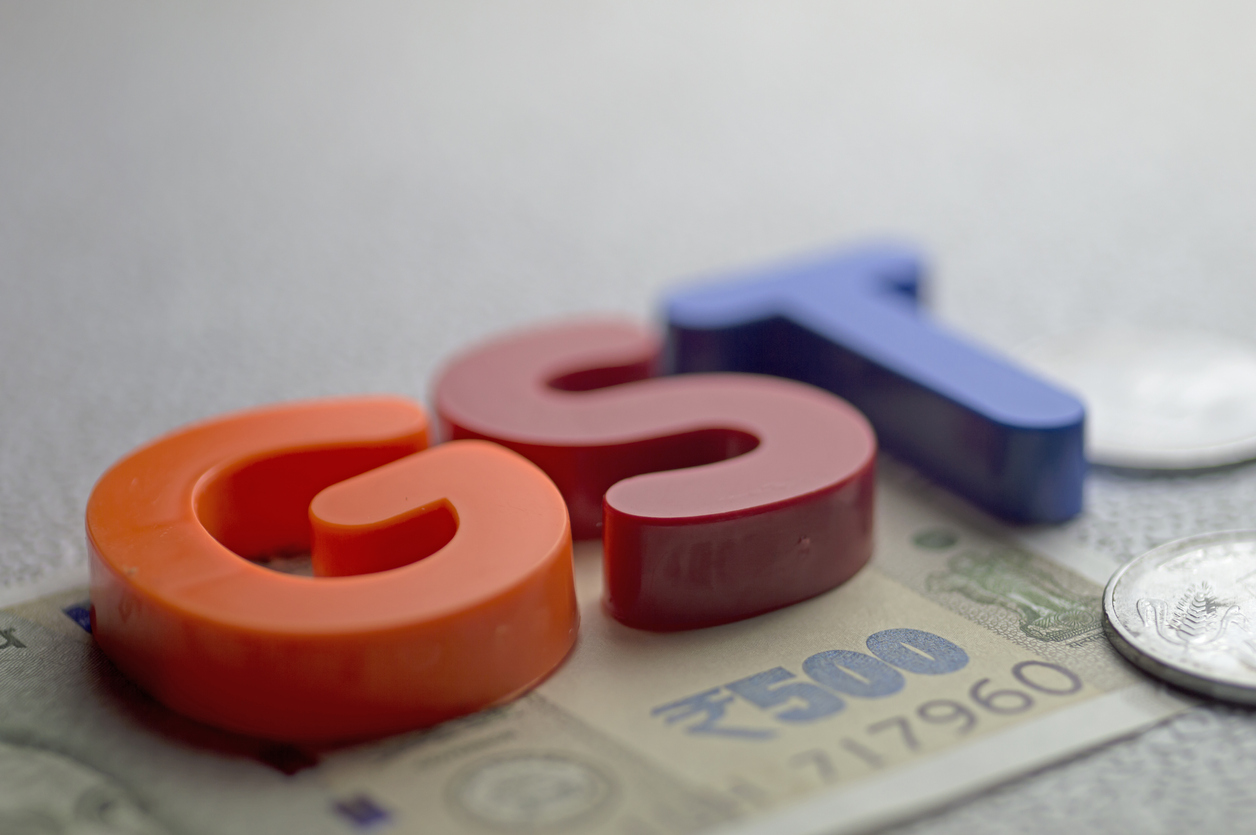
Record GST mop-up in April may be no indicator of economic health
As India struggles against the onslaught of the second wave of COVID, the economy has taken as big a battering as the nation’s healthcare system

As India struggles against the onslaught of the second wave of COVID, the economy has taken as big a battering as the nation’s healthcare system.
Last week, the Union Finance Ministry said it anticipates a pandemic-led downside risk to economic growth in the first quarter of the financial year 2021-22. For April 2021, the Federation of Automobile Dealers Associations (FADA) reported a 28% sequential fall in auto registrations — a key indicator of economic health.
Amid such tales of gloom, the goods and services tax (GST) collection for last month — at ₹1.41 lakh crore, against ₹1.24 lakh crore in March — sprung a surprise on everyone. It was the highest collection ever since the GST regime was introduced, in July 2017. The revenues from domestic transactions, including the import of services, were 21% higher than the March numbers. Based on this, the Centre painted a rosy picture of robust business activity despite COVID.
Also read: Nirmala’s denial of GST funds to states, a Shylockian bargain
Also, several states, such as Gujarat, Odisha, Himachal Pradesh and COVID-ravaged Maharashtra reported their highest-ever GST mop-up.
Recovery sighted
“In line with the trend of recovery in GST revenues over the past six months, the revenues for the month of April 2021 are 14% higher than the GST revenues in the last month of March,” said the Finance Ministry in a statement.
“Indian economy continues its sustained economic recovery. GST collections for April 2021 have reached all-time high of ₹1.41 lakh crore, 14% higher than March 2021,” said the BJP on its Twitter handle.
However, it is suspected that the April revenues may not be such an obvious sign of economic health. Media reports point out that while the GST collection was made in April, it reflects trade activity in March. This is because GST revenue receipts for a month are collected in the next one.
Barring a few places like Maharashtra, the second wave of COVID was yet to strike the country in a big way in March. Consumption demand and sales were robust that month, only to fall significantly in April.
Also, as commodity prices rose, the GST on goods increased in tandem, leading to a higher revenue collection in April.
Also read: Centre defends vaccine pricing, cautions against judicial interference
Further, strict compliance measures ahead of financial year-ending — such as e-invoicing and year-end audits — had a hand, too, in boosting revenue receipts for March. This typically leads to a higher GST mop-up in April.
Decline in the offing
Financial experts predict a fall in GST collection in May, with the lockdown imposed by most states in April taking a toll on sales. E-way bills (generated for the levy on inter- and intra-state goods movement) are likely to have nosedived, falling by almost a third in April vis-à-vis March, to 4.89 crore from 7.1 crore, say media reports.
A slowdown in consumption and supply chain disruptions due to the lockdown will trigger a decrease in e-way bill generation in April, which the May GST mop-up will reflect, it is predicted.
An expedited vaccine drive, followed by a flattening of the caseload curve, may improve trade and therefore GST revenues a few months from now. Going by the strict lockdown imposed by most state governments, it may be a while before GST revenues match the April numbers.


